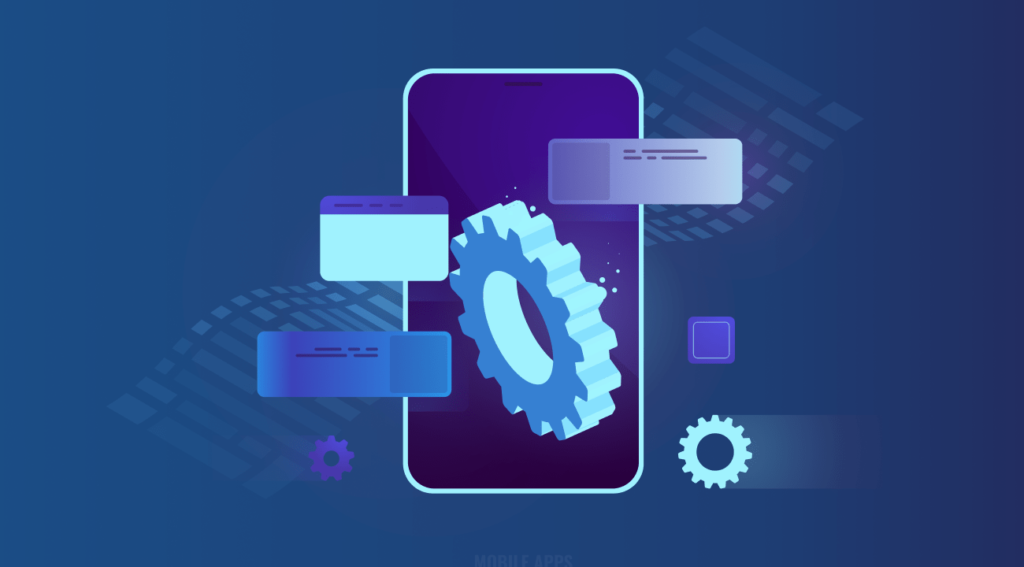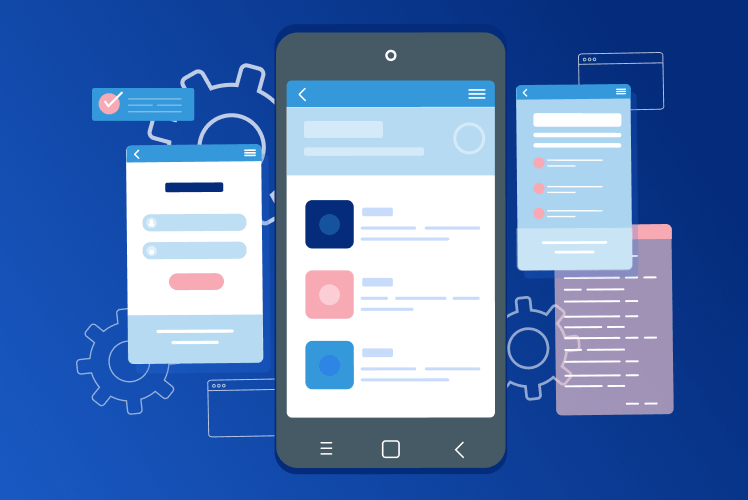Table of Contents
Following article reports about new enterprise trends and the principles of new enterprise technologies.
Major trends of this year
Application development is experiencing key transformation . Development strategies are advancing and expanding. New instruments and libraries are rolled out more frequently than ever. Old styles of app development frameworks cannot deliver results that a computerized business requires.

As innovation performs an expanded part in business, organizations that stay aware of present day development tendencies will have a favorable position. Organizations that do not – will fail.
Things being what they are, how does enterprise app development change? What trends should we expect and get ready for this year? Here are the most vital tendencies to watch:
Security becomes the dominant point
The greatest application development trend is a push towards better security. A great part of applications fall short of essential security benchmarks. A lot of companies with ecommerce, gaming, healthcare and financial industries have large stakes in security of their IT components. Organizations who try to close these security holes early on and give a reliable and secure experience for clients will come out on top.
Cyber-attacks are expanding. Assaults are more advanced than any other time in recent memory. However, in spite of the danger of making unsecure apps, most of them still have vulnerabilities.
An HPE security research* found that 86 percent of applications had issues with validation, access control, and privacy. And what is worth, 52 percent of applications suffered from already known vulnerabilities.
*https://www.thehaguesecuritydelta.com/media/com_hsd/report/57/document/4aa6-3786enw.pdf
As such, most business applications experience the ill effects from generally known, yet preventable security vulnerabilities. These vulnerabilities will prompt more information ruptures this year, driving the requirement for security further into the spotlight.
Organizations will have no real option except to make security a top priority throughout the entire development process.
Shadow IT
Application development has for quite some time been an issue confronting both the IT and business units.
The procedure goes something this way:
Whenever organization needs to develop another app to meet their business needs, they bring up the issue with their IT department.
The corporate IT division may be overwhelmed with the task and time constraints.
In the meantime, the management gets tired of waiting and begins making a move. They start bypassing IT and promptly finding accessible cloud solutions without the approval of corporate IT–the process called Shadow IT.
While Shadow IT gives the business clients a chance to get their apps faster, it opens the door to other problems–mainly security issues. If the corporate IT division does not know where business data is stored, how can they control it and keep it safe?
Disappearing of responsive/adaptive design
Responsive design is not a unique and catchy thing anymore and is only an ordinary piece of web design and development process.
Responsive is most appropriate for web design, while adaptive works best for web apps. They both fill the same need: launching apps that adapt to any gadget.
Responsive design basically I turning towards simply “design” and it’s no longer.
Demand for enterprise applications expands hybrid application selection
This developing trend is a consequence of several components.
– Cost – the desire of users for better applications is growing, which counterbalances with decreasing costs originating from better development tools. Creating and testing for various OSs is troublesome. Still, one can create a hybrid application and release it for multiple platforms.
– Building a web application from a hybrid application is more effective since you can reuse a significant part of the application code.
Front-end development trends convey more compelling web applications
Lately, we have been observing another application development trend: the movement to client side development. Before, the client-server model depended on the server doing most heavy lifting, and after that sending the outcome to the client for visualization.
Now, however, clients are starting to request request more grounded and more responsive web applications that can compete with desktop and mobile apps.
We expect the push towards front-end innovations will grow in the coming year.
New enterprise architecture is based on the following principles:
Ceaseless change. Internet-based applications reclassify the way of programming, so that improvements and increments can be connected on a progressing premise instead of solidified in intermittent discharges. Consistent testing of apps and how clients use them sets the direction for future changes and updates.
In a technology-friendly organizations, a top-down way to deal with enterprise architecture, with its incomprehensible flowcharts mapping business forms with their related advances, turns into a straightjacket. Transformative design, in contrast, gives the structure a fluid state, where partners can build what they require on top of the existing ecosystem. Microservices can play a great part in that system.
Providing enterprise application development services, here at SoftTeco, we make sure we adhere to most modern standards and react to all relevant trends within the development and the client’s industries.
To summarize, we can tell that as application development progresses, old strategies will not meet the requirements of businesses that want to stay current. Sooner rather than later, organizations that keep up with dynamic and growing trends will have a favorable position over those that do not.



Comments